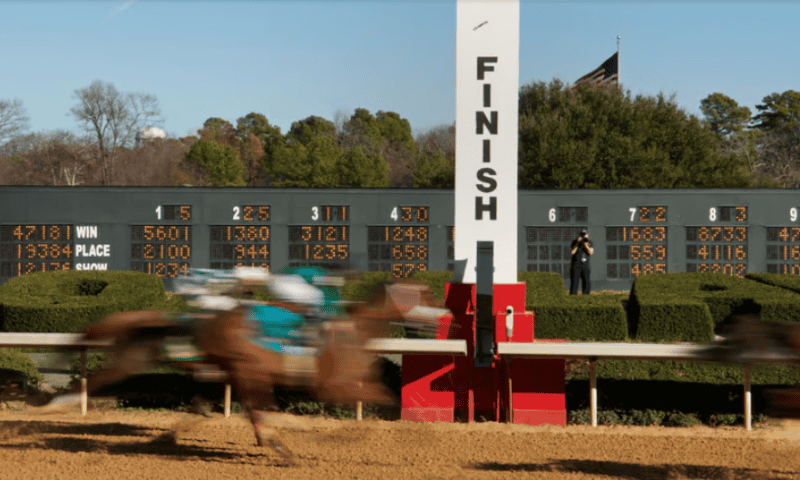Eli Lilly finds itself in a familiar position: snapping at the heels of Novo Nordisk. The Indianapolis-based drugmaker kept itself in the slipstream of its regular foe Thursday with positive top-line data from a pair of phase 3 studies of its once-weekly insulin candidate.
Lilly and Novo have identified once-weekly basal insulin as a way to slash the burdens on some people with diabetes. Rather than inject 365 daily doses each year, patients could administer 52 weekly shots. Novo is close to making that vision a reality for patients in the U.S., where a FDA advisory committee is set to discuss its filing for approval of Awiqli next week. Lilly is following close behind.
Having revealed the top-line success of the QWINT-4 trial late last month, Lilly reported a primary endpoint hit on a second study, QWINT-2, and shared data from both trials Thursday. The studies are part of a five-trial program that is testing Lilly’s basal insulin fusion protein and is nearing completion.
QWINT-2 compared Lilly’s once-weekly insulin efsitora alfa to the daily insulin degludec in almost 1,000 adults with Type 2 diabetes who were starting basal dosing for the first time. After 52 weeks, efsitora was noninferior to daily dosing, with the A1C measure of blood sugar falling 1.34% and 1.26%, respectively, in the investigational and control arms.
Lilly designed the study to assess whether the use of GLP-1 receptor agonists, such as its own Mounjaro and Novo’s Ozempic, affects the efficacy of efsitora. It turns out that the once-weekly formulation was noninferior to daily dosing in the GLP-1 subgroup. Patients on efsitora spent 45 minutes more time in range and 37 minutes more in tight range without additional time in hypoglycemia in comparison to their peers on daily doses.
QWINT-4 enrolled adults with Type 2 diabetes who had previously been treated with basal insulin and at least two injections per day of mealtime insulin. After 26 weeks, efsitora was noninferior to daily insulin glargine on the primary endpoint of A1C. The measure of blood sugar fell 1.07% in both cohorts.
Lilly said efsitora was safe and well tolerated in both trials. The rates of severe or clinically significant low blood glucose events per patient year of exposure were numerically higher in the efsitora cohorts. In QWINT-2, the figures were 0.58 and 0.45, respectively, in the weekly and daily arms. QWINT-4 tracked rates of 6.6 in the efsitora arm and 5.9 in the control group.
The readouts tick off two of the five upcoming efsitora R&D milestones. Lilly’s remaining three phase 3 trials, which are assessing efsitora in various Type 1 and Type 2 populations, have completion dates in May and July. The drugmaker plans to report top-line data from the three studies later this year.

